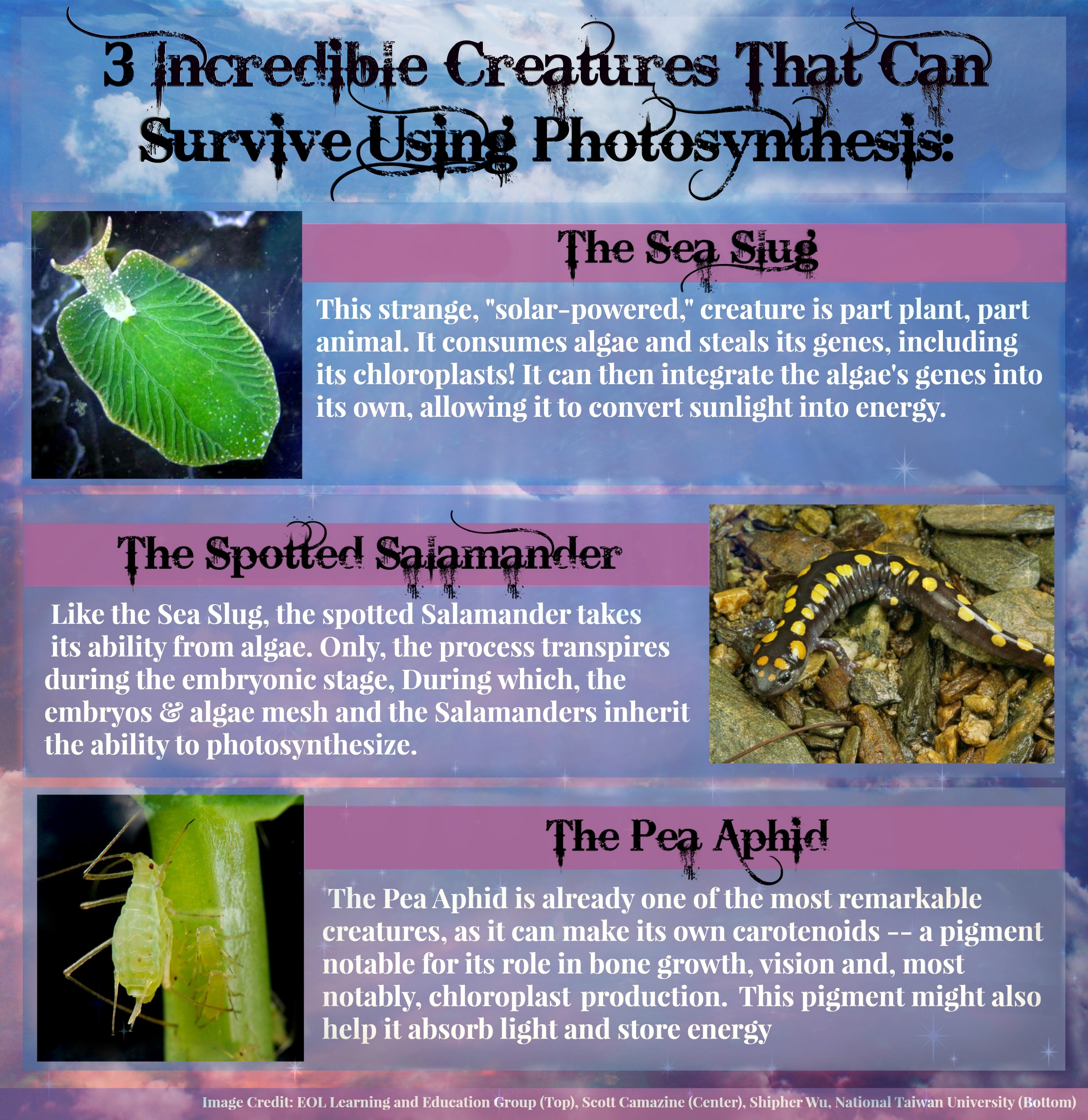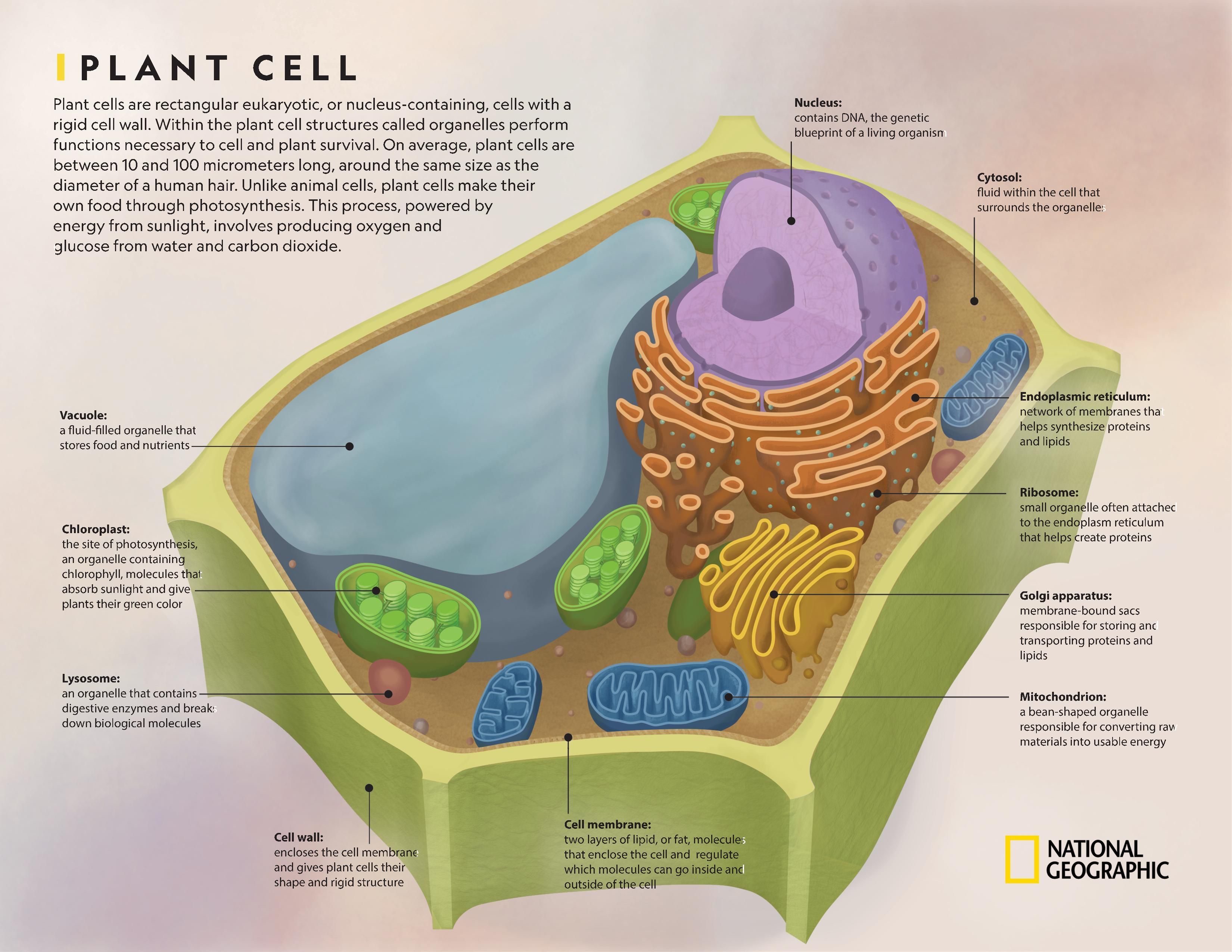Why Do Animals Not Have Chloroplasts

The organelles are only found in plant cells and some protists such as algae.
Why do animals not have chloroplasts. However plant cells and animal cells do not look exactly the same or have all of the same organelles since they each have different needs. Why do plant cells have chloroplasts and animal cells do not. Animal cells do not have chloroplasts.
They directly or indirectly depend on plant for food. Major structural differences between a plant and an animal cell include. Plants produce their own food via photosynthesis because they are at the bottom of the food chain - they are the producers whereas animals eat either plants or other animals.
Plant cells have chloroplasts but animal cells do not. The entire process is called photosynthesis and it all depends on the little green chlorophyll molecules in each chloroplast. Which protist does not have mitochondria.
Leave a Reply Cancel reply. Animal cells each have a centrosome and lysosomes whereas plant cells do not. Plants cells use photosynthesis from the sun which requires them to have chloroplast filled with chlorophyll to complete this function.
Animal cells dont have a dividing cell wall like plant cells do but both do have plasma membranes. Chloroplasts work to convert light energy of the Sun into sugars that can be used by cells. I believe the gist of it is that chloroplasts simply cannot create enough sugar from photosynthesis to significantly power the energy-intense needs of any but the simplest of animals.
Cell walls provide support and give shape to plants. Support your claim with evidence from the article. Animals do not need to get energy by photosynthesis as they can take in food directly so they do not need chloroplasts.

















